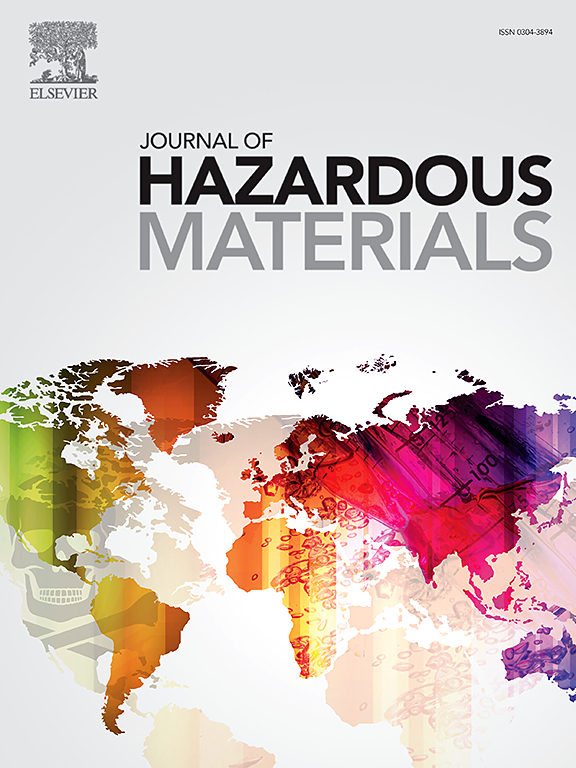Distribution, uptake, and daily exposure of per- and polyfluoroalkyl substances in a paddy field: A growth cycle study
IF 12.2
1区 环境科学与生态学
Q1 ENGINEERING, ENVIRONMENTAL
引用次数: 0
Abstract
Rice, a crucial agricultural commodity, is potentially susceptible to contamination by persistent organic pollutants throughout its entire growth cycle in the field. Per- and polyfluoroalkyl substances (PFASs) have attracted great scientific attention due to their environmental persistence, bioaccumulation potentials, and toxicity. However, the occurrence and behavior of PFASs in the paddy ecosystem have not been confirmed. This study explored the uptake, accumulation, and potential risks of PFASs in the irrigation water, soils and paddy tissues from a typical paddy system at the main stages of rice growth. The total PFAS concentrations in irrigation water and soils were in the range of 62.9−85.5 ng/L and 45.7−75.4 ng/g dw. The concentrations of PFASs in paddy tissues followed the order of root>stem>leaf>grain. A minor decrease in PFAS concentrations in paddy tissues with growth time may be attributed to biotransformation and growth dilution. PFAS distribution in soils, irrigation water, and different paddy tissues also showed different patterns with the growing time of paddy. ΣPFCAs and ΣPFSAs were the most prevalent PFASs in all samples, which constituted 65.0−96.3% of the total PFASs. In addition, the transfer factor (TF) values from root to stem/leaf/grain decreased as Log KOW increased (Log KOW< 5). Significant correlations between the concentrations and protein contents in paddy grains were observed for most long-chain PFASs. Risk assessments have suggested that the current levels do not pose a health risk to humans, but PFAS alternatives cannot be neglected for food safety and environmental impacts.Environmental Implication
Concerns are mounting globally regarding the environmental implications of PFAS and human exposure through food consumption. This study elucidates the uptake and biotransformation of PFASs throughout paddy growth cycle. The findings reveal that PFASs can be taken up by roots and translocated to grains, suggesting potential pathway for these substances to enter the food chain. A positive correlation between translocation factors and protein content in paddy tissues. Further investigation is warranted on the emergence and behaviors of PFAS alternatives within the soil-plant system, as this is crucial for assessing the ultimate fate and potential toxicity of PFASs in the environment.

求助全文
约1分钟内获得全文
求助全文
来源期刊

Journal of Hazardous Materials
工程技术-工程:环境
CiteScore
25.40
自引率
5.90%
发文量
3059
审稿时长
58 days
期刊介绍:
The Journal of Hazardous Materials serves as a global platform for promoting cutting-edge research in the field of Environmental Science and Engineering. Our publication features a wide range of articles, including full-length research papers, review articles, and perspectives, with the aim of enhancing our understanding of the dangers and risks associated with various materials concerning public health and the environment. It is important to note that the term "environmental contaminants" refers specifically to substances that pose hazardous effects through contamination, while excluding those that do not have such impacts on the environment or human health. Moreover, we emphasize the distinction between wastes and hazardous materials in order to provide further clarity on the scope of the journal. We have a keen interest in exploring specific compounds and microbial agents that have adverse effects on the environment.
 求助内容:
求助内容: 应助结果提醒方式:
应助结果提醒方式:


